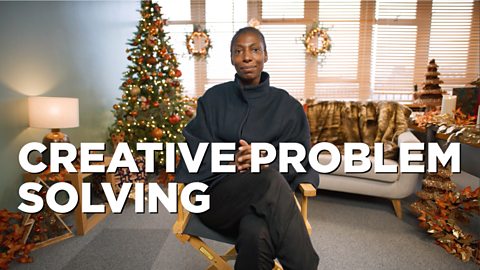Jess:
I'm Jess. I'm 16 and I'm from London.
Christina:
I'm Christina. I'm 16 and I'm also from London.
Jess:
We've come to an escape room where people team up to solve problems and puzzles together.
Christina:
We're here to meet someone who is a global leader in the tech industry.
Jacky:
I'm Jacky Wright, the chief technology officer at a global consultancy. And previously for the UK government.
You might already know about the logistics of a business such as how to be most cost effective or ensuring good product quality.
I'm going to talk to you about the people you work with in a business and how to have open communication with them.
This means giving everyone a voice and really listening to what they have to say.
A key successful collaboration in the workplace and beyond.
Jess:
How do I work well with others in the workplace?
Jacky:
Good collaboration really starts when everyone can participate.
And so you really have to consider each and every person.
A good example of this is having an inclusive, open meeting.
All right. You're going to have to work together to get out of this room.
Are you ready?
Jess and Christina:
Yes.
Jacky:
Let's go. Yes. There's a key.
Christina:
There's a key. Small key, got it.
Jacky:
It doesn't fit in any of this. Does this one open? No.
Christina:
So how do I have a good meeting?
Jacky:
Good question. A good meeting is as much about the content and what you're going to discuss as body language, how you interact,
and then how you make sure you're elevating and listening to the quietest voices in the room.
Jess:
The letters and the numbers on the draws are meant to spell something out. Christina, could you help me?
Jacky:
That's great teamwork.
Christina:
815?
Jacky:
A-ha
Jess:
How do I elevate the quietest voices in the room?
Jacky:
Well, it starts with you really scanning the room and making sure that you can identify those who are the quietest.
And then really making eye contact, asking questions, reinforcing when they respond so that they feel more comfortable.
Christina:
Put it against my back, you can see it clearer.
Jacky:
Great idea.
And then really engaging in a dialogue between them and the rest of the participants. Not only does this foster and encourage
good relationships, but good ideas. And we can't create good ideas without diversity of thoughts and opinions.
So it really is good to make sure that everyone can participate so that we can build the good relationships, great ideas, and everyone
feels that they've contributed.
Jess:
Seven. Hold on. Maybe there’s numbers because secret is a seven at the end.
Jacky:
Yes, so it is.
Christina:
You got it.
Jacky:
Yes. Bingo. There you go.
All:
Yay! Yay!
Jacky:
Teamwork. Really good.
Jess:
My biggest takeaway was that it’s important to ensure that everybody in the team feels comfortable so they can be confident
and speak up and express their ideas.
Christina:
Today, I learned through teamwork with Jacky and Jess that listening to everyone's perspective leads to a greater understanding
because there was a lot of different approaches to things.
For example, everyone tends to have one approach, but if you listen to everyone's approach, then it increases the likeliness of getting it correct.
Chief technology officer Jacky Wright talks to two students about effective collaboration and communication in the workplace.
Jacky talks about how having an inclusive open meeting is a good example of collaborating, as everyone can have a chance to participate.
The two students and Jacky take part in an 'escape room' exercise where they have to use teamworking skills in order to solve the puzzle.
Jacky also gives tips and advice on how quieter people within a team can elevate their voices in order to encourage a diversity of thoughts and ideas in meetings.
This short film is from the BBC Teach series Lessons in Business
Teacher Notes
Things to check your students know:
- What collaboration is.
Possible talking points:
English:
- Define the word ‘collaboration’. If you were watching a group working together – what would good collaboration look like?
- Create a list of ‘rules’ for effective collaboration and group work. Identify the ‘rule’ you might find it most challenging to stick to and consider why. What would you do to help you manage this challenge?
- Jacky says that real body language is one way we communicate with others without talking. What would ‘good’ body language look like in a group or meeting setting? What would ‘bad’ body language look like? What is the impact on others of your body language?
Careers:
- Jacky talks about ‘elevating the quietest voices in the room’ what does she mean by this? Why does she think it is important to elevate others’ voices in the workplace?
- What are the benefits and drawbacks of collaborative working?
- What does Jacky mean when she talks about inclusion and diversity? Why is this central to listening?
- Why are good ideas and relationships linked?
Follow on tasks - You could ask students to:
- _English: conduct a team problem solving task and try out their ‘rules’ for collaborative working and reflect on the success of following them. For example: ask students to work together to build the tallest tower made using only spaghetti and marshmallows. _
- Creative careers: consider jobs in which collaboration is key and make a list of experiences students have or can organise to develop their collaboration skills. Students can explore different career options on Bitesize Careers by looking at jobs in a variety of sectors.
Curriculum Notes
- This short film is to help stimulate discussion on the following topics: careers, speaking and listening skills.
- It is relevant to subjects such as careers and english.
- Most suited to 14-16-year-old pupils across the UK in developing their understanding of soft skills needed for successful careers and speaking and listening skills.
- In England, Northern Ireland and Wales it is relevant to speaking and listening skills as part of english language GCSE.
- In Scotland it is relevant to the development of key communication and literacy skills in reading, writing, talkingand listening as part of english National 5.

More from the series Lessons in Business:
Asma Khan - Learning resilience. video
Chef, author and restaurateur Asma Khan speaks to two students about building resilience.
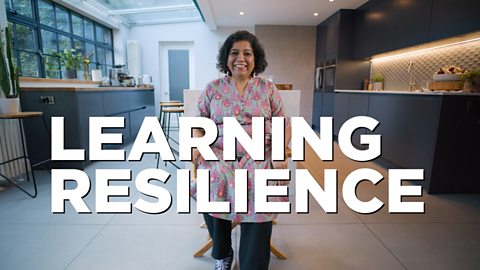
Dorothy Byrne - Fighting for your voice. video
Journalist and President of Cambridge College Dorothy Byrne talks to two students about making your voice heard and standing up for what you believe in.
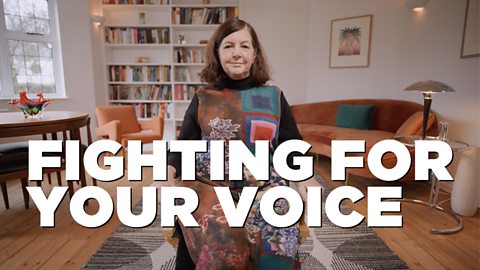
Emma Bridgewater - Turning an idea into a business. video
Ceramicist and entrepreneur Emma Bridgewater talks to two students about business planning.
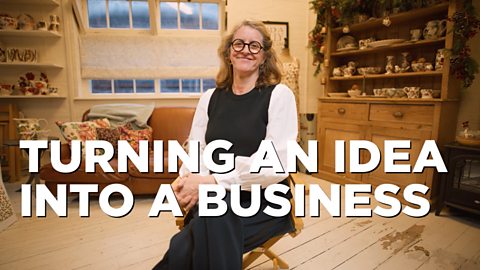
Indra Nooyi - Using your moral compass in business. video
Entrepreneur, author and former CEO of PepsiCo Indra Nooyi talks about integrity in business.
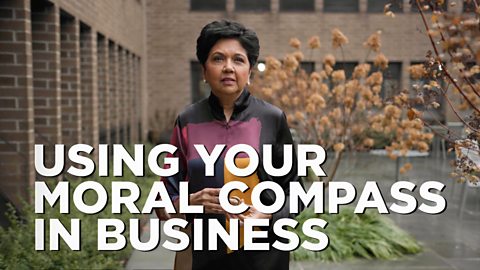
Jo Malone - Thinking like an entrepreneur. video
Perfumer and entrepreneur Jo Malone talks to two students about thinking as a leader and entrepreneur.
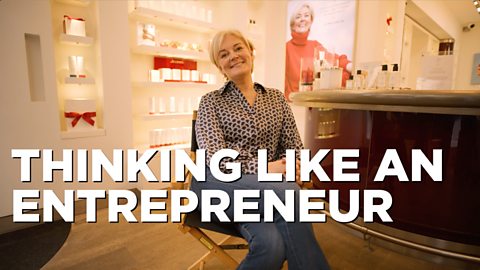
Sereena Abbassi - Listening to other perspectives. video
Equity and inclusion expert Sereena Abbassi talks to two students about listening to different people's perspectives.
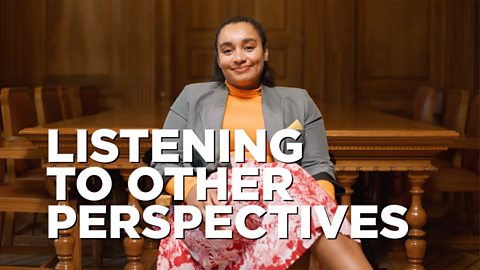
Dame Sharon White - Creative problem solving. video
Chair of the John Lewis Partnership Dame Sharon White talks to two students about problem solving.
